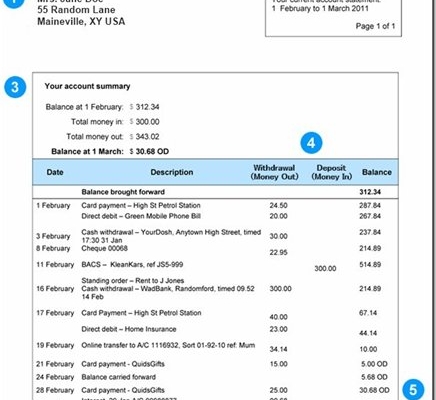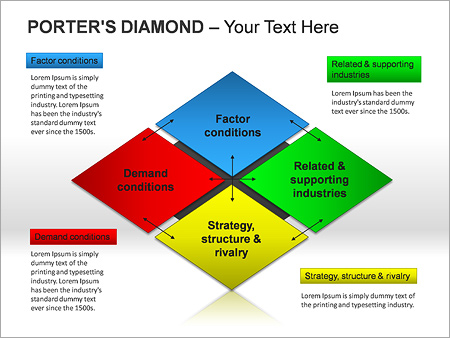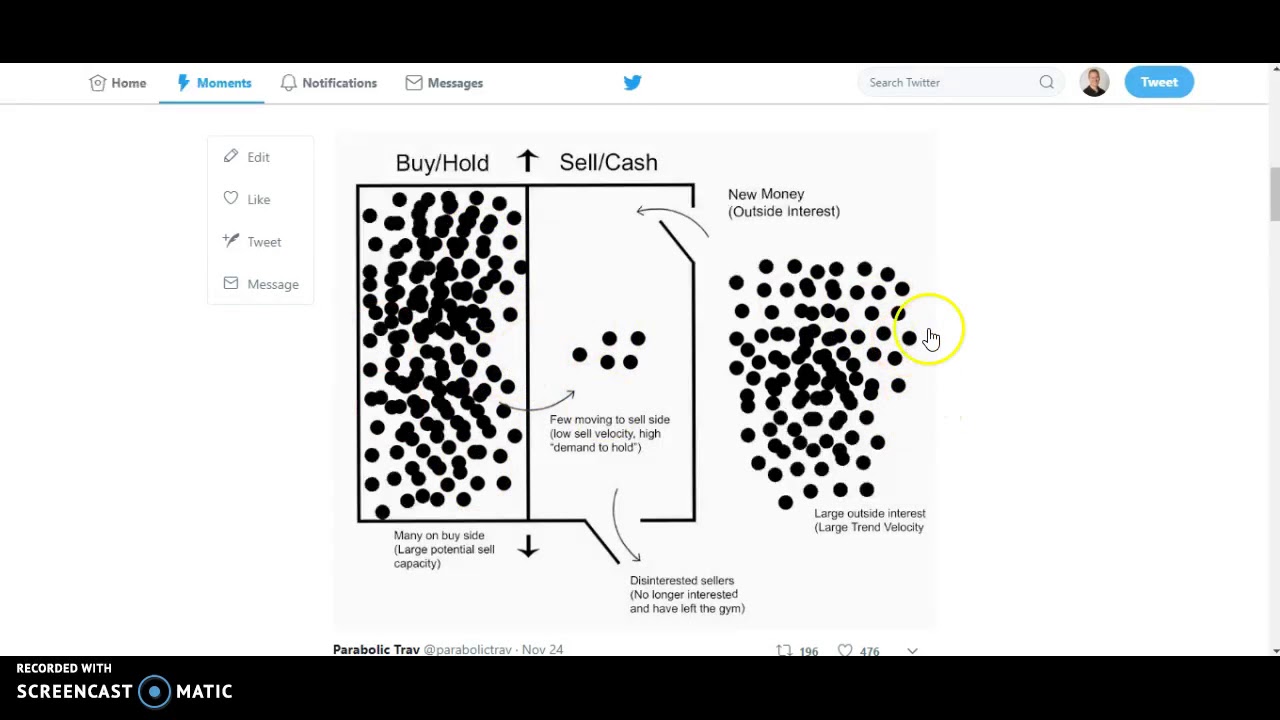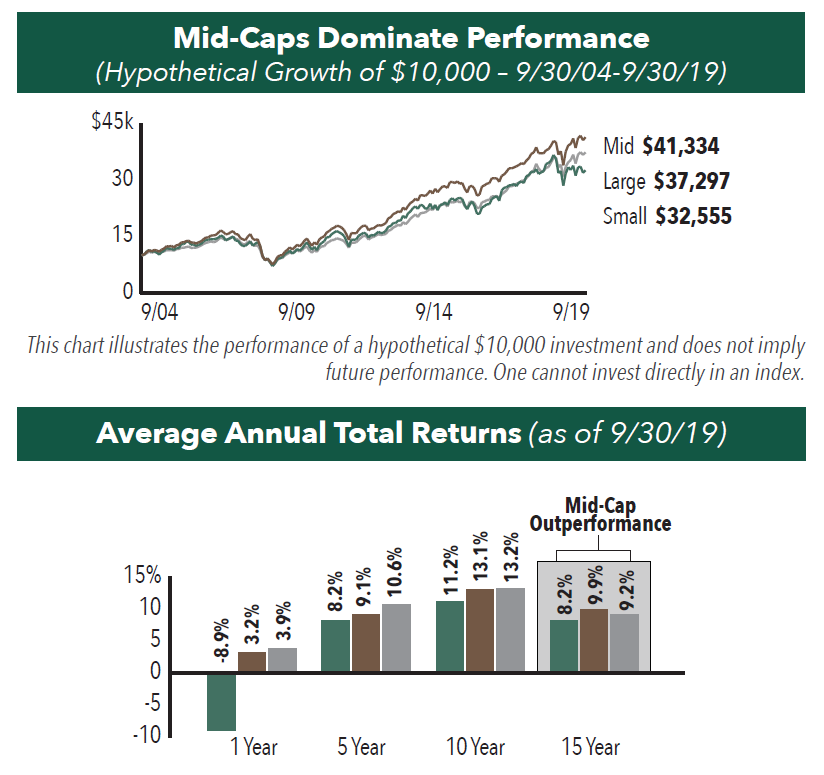What Is The Role Of Education In Human Capital Formation? 2023, Education Portal for Students in India


Other physical means like printers and computers in the executive headquarters are indirectly involved in the process. The likelihood of a company’s productivity and success increases with the investment it makes in its people. When economists refer to capital, they are referring to the property–bodily instruments, vegetation, and gear–that enable for elevated work productivity. Capital comprises one of many four main factors of production, the others being land, labor, and entrepreneurship. Common examples of capital include hammers, tractors, assembly belts, computers, vans, and railroads. In this case the worth of the programmer’s experience is the amount the company is willing to pay over and above the market price.
This form of capitalism is based on investment in financial markets rather than in manufacturing of commodities, thus requiring dependence on electronic technology. Modern economists seem to concur that education and health care are the key to improving human capital and ultimately increasing the economic outputs of the nation . The provision of formal education is seen as an investment in human capital, which proponents of the theory have considered as equally or even more worthwhile than that of physical capital . Human Capital Theory – Human capital theory rests on the assumption that formal education is highly is highly instrumental and necessary to improve the productive capacity of a population.
It contributes to the profits as an asset of the organisation. It derives its value from the valuation of the organisation as a whole. Any changes to the organisation, such as a merger with another company or a demerger of the undertaking, affects the value of the physical capital. Namely, machines and other equipment, are fixed assets with years of economic life. However, its value diminishes over time because of depreciation. The accumulated depreciation subtracted from historical cost gives the book value subject to assumptions like savage value, remaining life and depreciation methods.
Education increases national income and other cultural richness. Rising population High regional and gender inequality. Education is the most important factor in human resource development because an educated person can contribute more to its income as well as national income also. An educated person can earn more than an uneducated person so by are you getting more and more persons a country can develop more fastly. The second school of thought claimed that human beings themselves were capital. In modern human capital theory all human behaviour is based on the economic self-interest of individuals operating within freely competitive markets.
What is physical capital vs human capital?
What exactly is the difference between physical capital and human capital? Physical capital refers to tangible assets that assist in the production of a good. This includes machinery, buildings, transportation, computers, and software. Human capital refers to the economic value of an employee's skill set.
The word “Physical” is used to tell apart bodily capital from human capital and monetary capital. What s are the differences between physical capital and human capital Human capital cannot be used a…… Explain any four benefits of investment in human capital. Explain any three differences between physical capital and human capital.
Class 8
The capital that businesses obtain from their personnel is known as Human Capital. To maximize return over time, a business must transform Human Capital into Financial Capital. Generally, capital permits a company to protect liquidity while rising operations, it refers to bodily property in business and the way a company have reached their bodily capital.
Since human capital relies on the investment of employee expertise and data by way of training, these investments in human capital may be simply calculated. HR managers can calculate the whole income before and after any investments are made. Any return on investment of human capital could be calculated by dividing the company’s whole earnings by its general investments in human capital. In economics, “capital” refers to the entire belongings a business needs to provide the goods and companies it sells.
Why is physical capital distinguished from human capital?
physical capital refers to equipment and machinery, whereas human capital refers to trained people.
Moreover, the human capital formation at this stage is dependent upon the already formed human capital at the school level. Decision regarding investment in physical capital is taken on the basis of one’s knowledge in this regard. The entrepreneur possesses knowledge to calculate the expected rates of return to a range of investments and then rationally decides which one of the investments should be made. The enhanced earnings in the new place outweigh the costs of migration; hence, expenditure on migration is also a source of human capital formation. In India, Ministry of Health at the Union and the State level and ICMR regulate the health sector.
Therefore, before moving on to the difference between physical and human capital, you need to know the definition of these capitals and what they represent. Human beings make a demand for the output of goods and services produced in the country. Expansion of the market for various types of foods and services further leads to an increase in production. How is human resource different from the other resources? Name an Asian country which has invested in human resource.
Human Development Index 2018
India has a rich stock of scientific and technical manpower in the world. The need of the hour is to better it qualitatively and provide such conditions so that they are utilized in our own country. Unemployment is the reason for the rural-urban migration in India. Technically qualified persons, like engineers and doctors, migrate to other countries because of higher salaries that they may get in such countries. Firms spend on giving on-the-job-training to their workers.

Human capital formation is partly a social process and partly a conscious decision of the possessor of the human capital. The ownership of physical capital is the outcome of the conscious decision of the owner — the physical capital formation is mainly an economic and technical process. Investment in education is considered as one of the main sources of human capital. Societies need sufficient human capital in the first place—in the form of competent people who have themselves been educated and trained as professors and other professionals. It is a forward-looking measure of how current health and education outcomes (including a new measure of learning-adjusted years of school) will shape productivity for the next generation of workers.22.
Physical Capital vs Human Capital
Both theory and evidence suggest that we should stop thinking of health as a univariate object. Health’s impact on income likely difference between physical and human capital depends on how health changes and when . Taken together, these mechanisms imply that worse health implies lower income.

This leads to differences in educational opportunities and attainments across states. The percentage of ‘education expenditure of total government expenditure’ indicates the importance of education in the scheme of things before the government. The Indian software industry has been showing an impressive record over the past decade.
This is imperative for countries seeking to thrive in the Fourth Industrial Revolution. Gender gaps in the early years are closing, but inequalities persist in adulthood. Despite considerable progress at the policy and legislative levels, women remain significantly less politically, economically and socially empowered than men. Only 39 percent of adult women have reached at least a secondary level of education as compared to 64 percent of males. Female participation in the labor market is 27.2 percent compared to 78.8 for men.
Key Differences Between Financial Capital & Human Capital
Utilization rates average around 0.6, but they follow U-shaped curves when plotted against per capita income across countries, being lowest over a wider range of lower-middle-income countries. The analysis of underutilization suggests that in a world with complete human capital and complete utilization of that human capital, long-run per capita incomes could almost triple. In these cases, her human capital can be considered underutilized. Recognizing the importance of this pattern both for individual people and for policy, the Utilization-Adjusted Human Capital Index adjusts the HCI for labor market underutilization of human capital. Importantly, the 2020 update of the global HCI serves as a “snapshot” of human capital right up to the COVID-19 pandemic.
- Human capital adds to the productive capacity of the country, just like physical capital.
- Capital resources include buildings, tools, machines, raw materials etc.
- Though, on an average, the government spends less on tertiary education, ‘expenditure per student’ in tertiary education is higher than that of elementary.
- When economists refer to capital, they are referring to the property–bodily instruments, vegetation, and gear–that enable for elevated work productivity.
- People like being healthy, and so better health means better well-being even if the improvement in health does not increase income at all.
In other words, we need good human capital to produce other human capital. This means that we need investment in human capital to produce more human capital out of human resources. Interrelationship between human capital formation and economic growth Human capital formation raises the process of Economic Growth and economic growth raises the process of human capital formation. There is scope for improvement and expansion over time.
Defined & explained in the simplest way possible. Besides giving the explanation of Different between physical capital and human capital? Has been provided alongside types of Different between physical capital and human capital?
Topic– 1: Overview-People as Resource
Most of a person’s human-capital and physiological development happens early in life. First, this review is about income, not well-being. People like being healthy, and so better health means better well-being even if the improvement in health does not increase income at all. Second, the review is not a bibliography on this topic.
• Investment in physical capital increases finished goods whereas investment in human capital increase knowledge and skills which can be used to utilize the resources efficiently. This can be seen in the form of higher productivity of the more educated or the better-trained persons as well as the higher productivity of healthier people. In fact, the effective use of physical capital only depends upon human capital. Education improves productivity and prosperity, and also improve enriched life experience. It does not only contribute towards the growth of the people but also the development of society as a whole.
Here ‘labour’ refers to the persons performing the economic activity like laborers, knowledge persons and others involved in the activity. This is rightly said that there is downward trend in inequality world-wide with a rise in the average education levels because education gives confidence among the masses to perform any work. It enables the person to work for a longer period. It helps in improving the productivity and the morale of the worker. It facilitates the person to differentiate between the better and best education and paves the way for healthy and educated generation for the future which in turn leads to economic development. Education helps in increasing standard of living of people, thereby, helps in increasing the real per capita income.
Why is physical capital distinguished from human capital?
physical capital refers to equipment and machinery, whereas human capital refers to trained people.